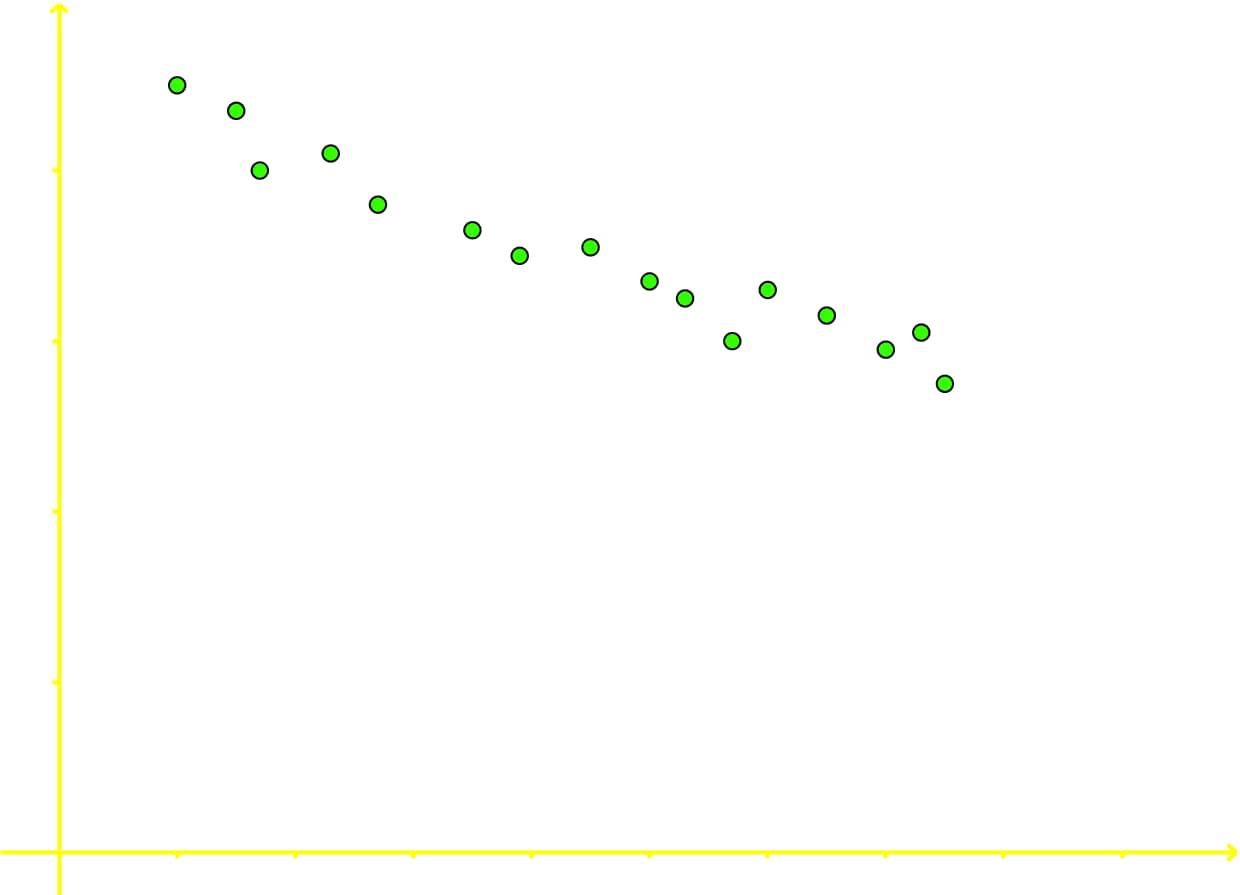
You can use a scatter plot when you have at least two variables that can be paired well together. Scatter plots help find the correlation within the data. The relationship between the different variables in data is referred to as a correlation. What are the Three Types of Scatter Plot? Extrapolation helps to predict the new values for the data points, which are beyond the given set of data.Interpolation helps to predict the new values for data points, within the range of the given set of data.Interpolation or extrapolation helps in predicting the values of the new data using scatter plots. What are Interpolation and Extrapolation in a Scatter Plot? The dots in a scatter plot shows the values of individual data points. Scatter plots are used to observe and plot relationships between two numeric variables graphically with the help of dots. It is a graphical representation of data represented using a set of points plotted in a two-dimensional or three-dimensional plane. In data, a scatter (XY) plot is a vertical use to show the relationship between two sets of data. Therefore, the humidity at a temperature of 60 degrees Fahrenheit is 50%.įAQs on Scatter Plot What is Scatter Plot in Data? Now draw a vertical line from the mark of 60 degrees Fahrenheit on the x-axis, so that it cuts the line of "Best Fit".Īt the point where this line cuts the line of "Best Fit", the corresponding marking on the y-axis represents the humidity at 60 degrees Fahrenheit. To calculate the humidity at a temperature of 60 degrees Fahrenheit, we need to first draw a line of best fit.Ī line of "Best Fit" is a straight line drawn to pass through most of these data points. Temperature is marked on the x-axis and humidity is on the y-axis. The collected data of the temperature and humidity can be presented in the form of a scatter plot. Refer to the table given below and indicate the method to find the humidity at a temperature of 60 degrees Fahrenheit. Observe the below scatter plot showing the number of birds on a tree versus time of the day.Įxample 2: The meteorological department has collected the following data about the temperature and humidity in their town. For example, the data for the number of birds on a tree at different times of the day does not show any correlation. Here the points are distributed randomly across the graph.

Observe the below image of negative scatter plot depicting the amount of production of wheat against the respective price of wheat.Ī scatter plot with no clear increasing or decreasing trend in the values of the variables is said to have no correlation. The scatter plot for the relationship between the time spent studying for an examination and the marks scored can be referred to as having a positive correlation.Ī scatter plot with an increasing value of one variable and a decreasing value for another variable can be said to have a negative correlation. Based on the correlation, scatter plots can be classified as follows.Ī scatter plot with increasing values of both variables can be said to have a positive correlation. This relationship is referred to as a correlation. The new descriptions of strength, linearity and direction.A scatter plot helps find the relationship between two variables. Given a new set of scatterplots below, repeat the same exercise, but now with Portland, OR) there is a strong, linear trend. Though there are a few outliers (citiesĪlong the northwest coast of the US that have temperate winters, such as Negative direction, as the greater the latitude, the colder the Scatter plots are described as linear orįor example, the scatterplot of latitude and January temperatures had The linearity of scatter plot indicates how close the points are If the points are clearly clustered, or closelyįollow a curve or line, the relationship is described as strong. The more spread out the points are, the weaker The strength of a scatter plot is usually described as weak, Increases, or the points of the scatterplot go down from left to The explained variable decreases as the explanatory variable Increases as the explanatory variable increases, or the points of the

The direction is positive when the explained variable The direction of a scatter plot can be described as positive or When describing the shape of the scatter plot and the relationshipīetween the explanatory and explained variable, there are three important This exercise would be simpler given uniform adjectives that everyone could
#Weak negative correlation scatter plot drivers#
Similarly, drivers with less driving experience are considered riskier and pay greater premiums.


 0 kommentar(er)
0 kommentar(er)
